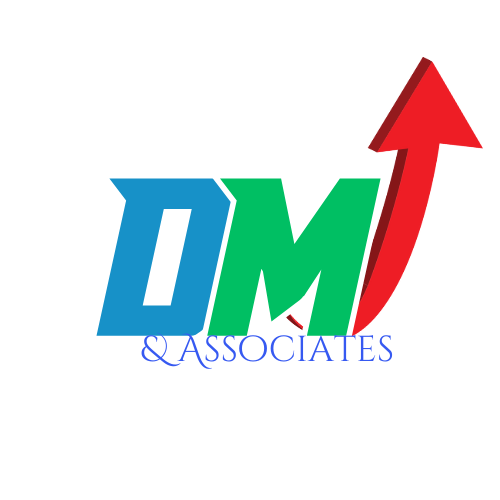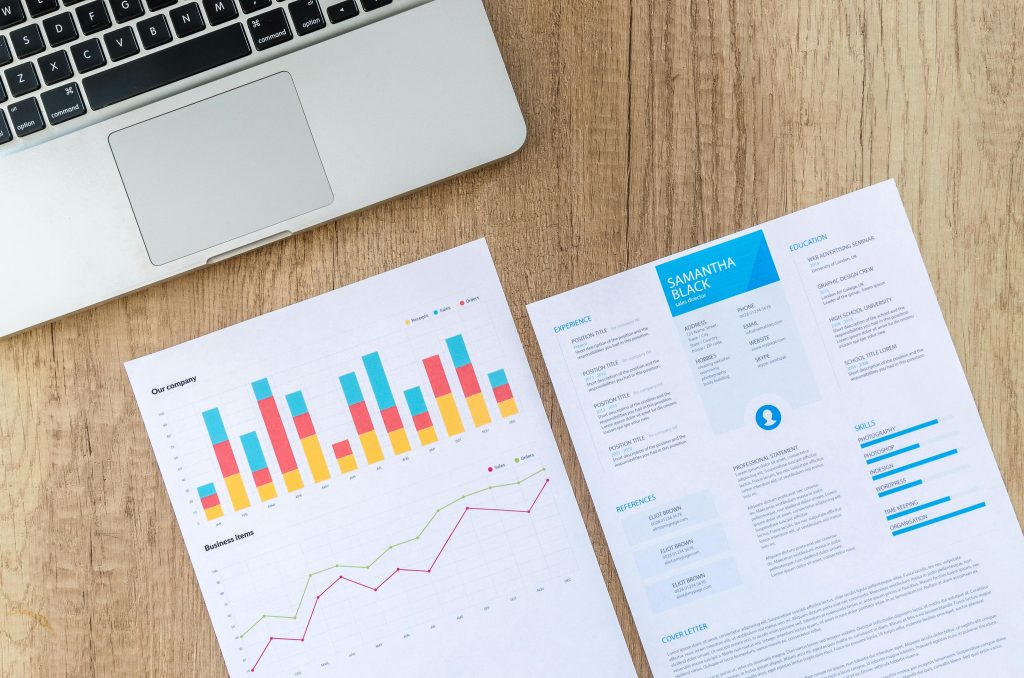As global trade continues to evolve, businesses in the United States and around the world are increasingly feeling the pressure of rising tariffs. For importers, retailers, and manufacturers, understanding how to minimize tariff impact is essential to maintaining profitability and staying competitive. This blog explores actionable strategies for dealing with US tariffs and how businesses can adapt to ongoing policy shifts.
Understanding US Tariffs and Their Economic Pressure
US tariffs are taxes imposed on imported goods, typically aimed at protecting domestic industries or addressing trade imbalances. While tariffs may serve a national interest, they often lead to higher costs for businesses and consumers alike.
Why Are Businesses Affected?
When tariffs increase the cost of goods from overseas, businesses that rely on those imports are forced to either absorb the extra cost or pass it on to customers. This can result in:
- Shrinking profit margins
- Increased retail prices
- Lost customers to foreign competitors
Therefore, finding effective ways to minimize tariff impact is more critical than ever.
Key Strategies for Dealing with US Tariffs
Adapting to new economic realities doesn’t have to mean sacrificing your bottom line. Below are proven strategies for dealing with US tariffs that companies of all sizes can implement.
1. Diversify Your Supply Chain
Relying on a single country or supplier makes your business vulnerable to tariffs. One of the best ways to minimize tariff impact is to diversify sourcing across multiple countries. Countries like Vietnam, India, and Mexico are increasingly becoming attractive alternatives to China for manufacturing and raw materials.
Image Suggestion: A world map showing alternate sourcing hubs outside China.
2. Reclassify Products Under Different HTS Codes
Every imported product is assigned a Harmonized Tariff Schedule (HTS) code that determines the tariff rate. Sometimes, a product can legally fall under more than one code. Reassessing and properly classifying your goods may reduce or eliminate tariffs.
Note: Always consult a trade compliance expert or customs broker to ensure you’re following the law.
3. Use Duty Drawback Programs
Duty drawback programs allow you to reclaim duties paid on imported goods that are later exported or destroyed. This is a powerful way to minimize tariff impact on re-exported goods, especially for companies that operate globally.
Image Suggestion: Flowchart showing the duty drawback process.
4. Negotiate with Suppliers
Another effective strategy is working directly with overseas suppliers. If your supplier values your business, they may be willing to split the tariff cost or adjust pricing to ease the burden. Long-term contracts and volume commitments can also help you lock in more favorable terms.
5. Restructure Your Products or Packaging
Sometimes, minor changes to a product’s design, origin, or assembly can affect its classification and tariff rate. By modifying your production process slightly, you may be able to legally reduce the duties you owe.
For example, assembling the final product in a tariff-exempt country may qualify it for lower duties.
Financial Strategies to Ease the Tariff Burden
Alongside supply and logistics changes, there are financial strategies for dealing with US tariffs that can reduce the immediate burden.
Leverage Trade Finance and Tariff Insurance
Trade finance tools, like extended payment terms and trade credit insurance, help businesses maintain cash flow despite higher import costs. Some providers even offer tariff insurance to protect against future policy shifts.
Apply for Exemptions or Relief Programs
The US government occasionally allows businesses to apply for tariff exclusions on certain products. While the process can be complex, success means a full exemption from tariffs for a set period.
Keep an eye on:
- USTR exclusion request portals
- Trade association updates
- Legal bulletins
Long-Term Planning: Stay Agile and Informed
Tariff policies are constantly evolving due to political changes and international negotiations. The most successful businesses are those that can adapt quickly.
Monitor Policy Changes
Assign a team member or consultant to monitor:
- US trade policies
- Global trade agreements
- Industry-specific developments
Being proactive helps you implement new strategies for dealing with US tariffs before competitors.
Invest in Digital Tools
Supply chain management platforms, ERP software, and AI-based forecasting tools can help you spot vulnerabilities and plan effectively. Digital transformation is a long-term way to minimize tariff impact and improve overall efficiency.
Conclusion: Stay Strategic to Minimize Tariff Impact
In an unpredictable global economy, tariffs are one of the many challenges modern businesses face. But with the right approach, you can minimize tariff impact and turn obstacles into opportunities. Whether you’re restructuring your supply chain, leveraging finance tools, or staying ahead of policy updates, these strategies for dealing with US tariffs will empower your business to thrive—even under pressure.

